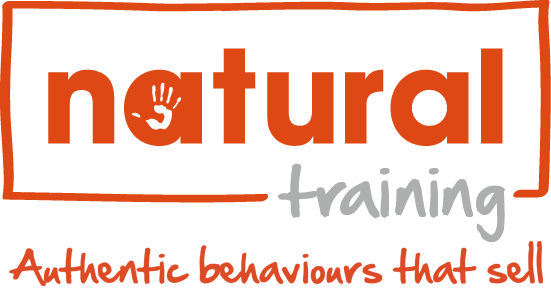In many cases, a mildly interested customer is more informed than a lazy salesperson – This is a massive role reversal.
Today’s buyer can reach everything they need in an hour or two and have all sorts of buying advantages. This means that the modern day sales professional not only has to adapt the way in which they sell, they also need to ensure that they know their industry, sector and products and services inside out.
HERE’S A GREAT EXAMPLE…
In 2008 at Natural Training, we did a few days of telesales training for a reseller of a major photocopier brand. The company’s whole sales process involved cold calling schools, surgeries and small government agencies with the aim of selling them a photocopier for£13,000 with a large, ongoing maintenance contract. The company sold about a dozen of these machines a month. However, if its customers had simply ‘Googled’ the model number,they would have seen the same product for £6,200. That’s right – the reseller’s business model was reliant on 100% mark-ups from standard retail prices. The customer, as always, was central to this. This company, which had 12 salespeople, was relying on an ill-educated, ignorant, poorly resourced customer base. It was a market the company desperately hoped wouldn’t check or compare pricing; a market of trusting or non-caring customers who would have bought anything from anyone. In other words, it was a rapidly shrinking market. We had discussions with the client – begging the key decision makers to develop a more sustainable new business strategy that could initially sit alongside the shrinking one, and then take over in the long term. They didn’t listen.
Fast-forward to 2012 and that same company only has two employees – the Director and the Administrator. They work out of the Director’s lounge room. They are essentially washed up – finishing up the last of their maintenance contracts, wondering what went wrong (blaming the customer), and working out what to do next.
So,what happened in this example? It’s simple: technology evolved. It pulled their uneducated customer base into a position of wisdom. Their competitors also evolved, forming alliances with other organisations that were able to get them larger contracts in the new ‘print solutions’ space. Yet this company failed to evolve – applying four-year-old business practices to a market that no longer needed them. Meanwhile, the rest of us realise that sales is evolving fast – led by a wise customer who is spoiled for choice. That customer wants to do business on their terms, be communicated with in the way they want, with their considerations met at every turn. This educated customer is central to selling today. Successful salespeople and selling organisations have evolved their sales process to meet the market. These people aren’t pushing their sales process onto a market that doesn’t want it.
Put simply, today’s buyers will not tolerate weak, ill-informed salespeople. Sales roles have changed over the years. In the following diagram, you can see the evolving nature of salespeople, from Seller to Sales Maker:
1. Seller: “I think I have what you need– now I need to convince you.”
2. Consultant: “I’m going to ask questions to find out what you need.”
3. Collaborator: “Let’s work together to find out how we can make your life easier.”
4. Trusted Adviser: “You see me as the expert, so I’m going to encourage this trust with sound counsel and genuine empathy.”
5. Sales Maker: “You know what you want and you need me to make it happen.”
REMEMBER – Customers need to be listened to, and they want to deal with people who want to develop and collaborate with them.
Bear this in mind for your next sales interaction and let us know the results!
To read more on this, get our book The Natural Sales Evolution on Amazon now.


